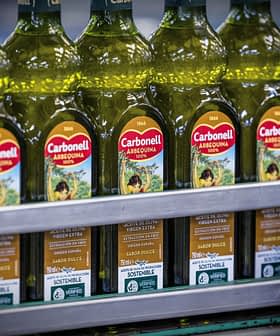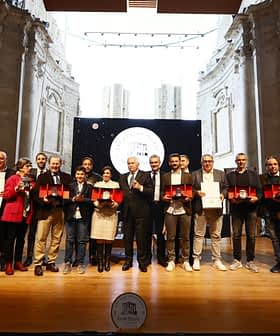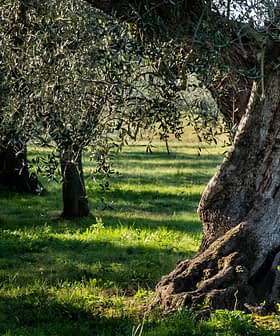In preparation for the 24th session of the Codex Committee on Fats and Oils, meeting this week in Melaka, Malaysia, the International Olive Council (IOC) has produced three papers which it has made public on its website.
Codex Alimentarius is an international food standards body which draws up worldwide standards, guidelines and codes of practice in order to protect consumer health and ensure fair practices in the food trade. Its Committee on Fats and Oils is responsible for the international standards for fats and oils of animal, vegetable and marine origin, including margarine and olive oil.
The IOC has been working closely with the Committee to achieve harmonization of the Codex standards for olive oils and olive pomace oils with the IOC’s own standards for these products. These standards define quality and purity criteria for olive oils and olive pomace oils and specify how these criteria should be assessed with the aim to safeguard olive oil quality, prevent adulteration and satisfy definitions.
It was unclear whether IOC representatives were attending the Malaysia meeting. Lack of funds prevented IOC director Jean-Louis Barjol from attending the 2013 meeting of the Codex Fats and Oils committee.
At the moment discrepancies exist between the standards of the two organizations. At the upcoming meeting, two criteria used to determine the purity and authenticity of olive oil will be discussed: campesterol and delta-7-stigmastenol. These are phytosterols whose chemical structure is similar to that of cholesterol.
The three papers have been prepared by the IOC at the request of Codex and will be discussed at the meeting. Two of these outline the results of the IOC’s own studies carried out on campesterol (PDF) and delta-7-stigmastenol (PDF). The third is a response (PDF) by the IOC to a proposal by Australia to increase the limits of campesterol and delta-7-stigmastenol.
IOC members are concerned that these proposed increases would make the possibility of fraud detection more difficult. They recommend discussing conclusions that the IOC has reached based on an investigation of the testing results of samples supplied by producing countries which have led to the adoption of an IOC standard.
The document proposes that Codex harmonize its standards with those of the IOC as well as the methods for measuring criteria. They also invite members of Codex to attend the meetings of the IOC chemistry experts as observers and participate in an electronic working group examining these questions.








